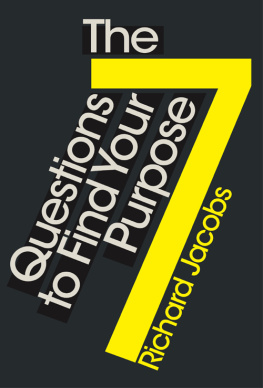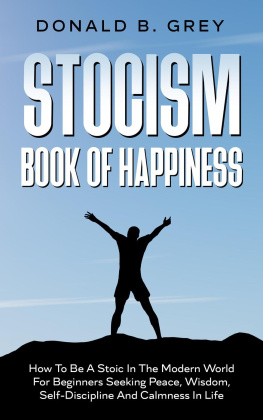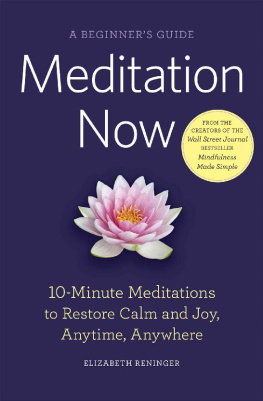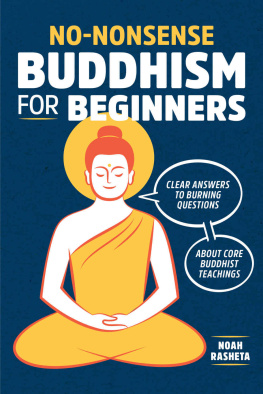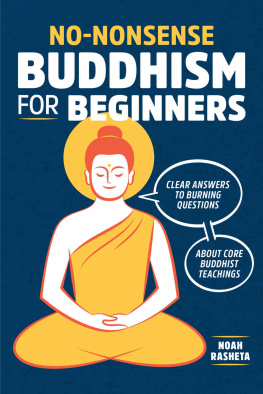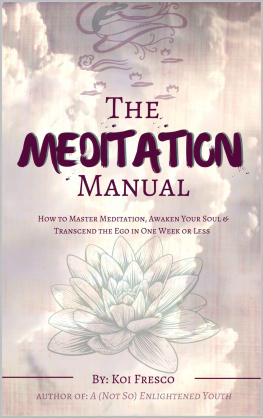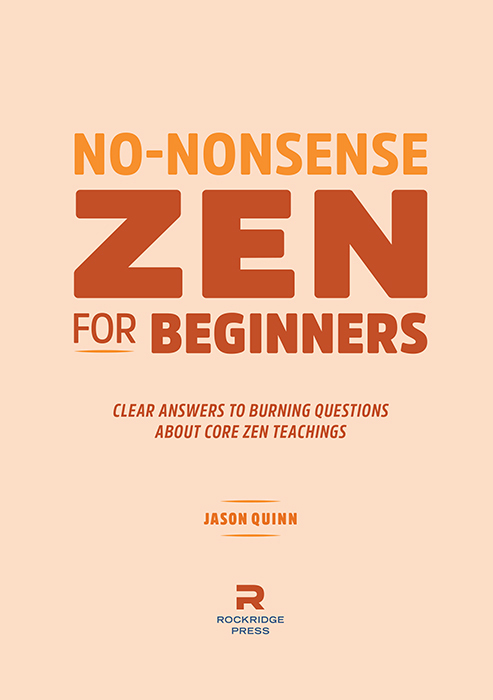Copyright 2021 by Rockridge Press, Emeryville, California
No part of this publication may be reproduced, stored in a retrieval system, or transmitted in any form or by any means, electronic, mechanical, photocopying, recording, scanning, or otherwise, except as permitted under Sections 107 or 108 of the 1976 United States Copyright Act, without the prior written permission of the Publisher. Requests to the Publisher for permission should be addressed to the Permissions Department, Rockridge Press, 6005 Shellmound Street, Suite 175, Emeryville, CA 94608.
Limit of Liability/Disclaimer of Warranty: The Publisher and the author make no representations or warranties with respect to the accuracy or completeness of the contents of this work and specifically disclaim all warranties, including without limitation warranties of fitness for a particular purpose. No warranty may be created or extended by sales or promotional materials. The advice and strategies contained herein may not be suitable for every situation. This work is sold with the understanding that the Publisher is not engaged in rendering medical, legal, or other professional advice or services. If professional assistance is required, the services of a competent professional person should be sought. Neither the Publisher nor the author shall be liable for damages arising herefrom. The fact that an individual, organization, or website is referred to in this work as a citation and/or potential source of further information does not mean that the author or the Publisher endorses the information the individual, organization, or website may provide or recommendations they/it may make. Further, readers should be aware that websites listed in this work may have changed or disappeared between when this work was written and when it is read.
For general information on our other products and services or to obtain technical support, please contact our Customer Care Department within the United States at (866) 744-2665, or outside the United States at (510) 253-0500.
Rockridge Press publishes its books in a variety of electronic and print formats. Some content that appears in print may not be available in electronic books, and vice versa.
TRADEMARKS: Rockridge Press and the Rockridge Press logo are trademarks or registered trademarks of Callisto Media Inc. and/or its affiliates, in the United States and other countries, and may not be used without written permission. All other trademarks are the property of their respective owners. Rockridge Press is not associated with any product or vendor mentioned in this book.
Quotations from the Kwan Um School of Zen chanting book, and the poems The Four Great Vows, The Human Route, and Your true self is always shining and free Kwan Um School of Zen. www.kwanumzen.org. Reprinted by permission.
Interior Designer: Darren Samuel
Designer: Gabe Nansen
Art Producer: Meg Baggott
Editor: Jesse Aylan
Production Editor: Jenna Dutton
Production Manager: Martin Worthington
Cover illustration dewapples/Shutterstock. courtesy of Kendra Fehrer.
ISBN: Print 978-1-64876-542-1 | eBook 978-1-64876-543-8
R0
For my wife, Kendra.
I couldnt have done this without your love and support.
For my children, Myles and Ella.
Thank you for teaching me every day.
I hope you continue using your
open hearts and clear minds to help this world.
For my teacher, Zen master Dae Kwang.
CONTENTS
Welcome to No-Nonsense Zen for Beginners . Perhaps you came here after being overwhelmed by the abundance of information about Zen available on the internet or in books. Or perhaps youve found other resources on Zen to be too esoteric or confusing, not relating to daily life. My goal with this book is to create an accessible, down-to-earth guide to Zen teachings and practices and how you can apply them in your everyday life.
I discovered Zen practice in 1997 after my life fell apart. Soon afterward, I entered monastic training. I trained for two years and was a monk for nine, spending most of that time living at the Providence Zen Center. I also traveled the world, practicing in different Zen centers. Ive sat more than a dozen long retreats, including three-month retreats, one-month retreats, and a 90-day solo retreat. In 2010, I returned to lay life. Since then, Ive become a husband, father, and Zen teacher leading retreats throughout the United States and online worldwide.
This book offers an introduction to Zen Buddhism. It is written as a jumping-off point for those who are new to Zen or curious about Zen and wanting to learn more. By the end of this book, you will have a solid foundation in Zen and its practices, which you can build on with further exploration and discovery. This book is not written from an academic perspective. I write from my own experience of more than two decades practicing and working with students.
It is important to note that different Buddhist traditions may have different interpretations of the historical facts and beliefs presented here. What is important to me is the meaning behind the words. I hope this book inspires you and others to learn about Zen and use Zen practice to help their lives and this world.
No-Nonsense Zen for Beginners is divided into four parts. , youll learn about core practices in Zen and how to get started with integrating Zen into your daily life. Throughout the book, Everyday Zen sidebars share personal stories and anecdotes to help make the concepts and theories concrete and relatable.
I recommend reading this book in order, as the questions and concepts in each section build on each other. But no matter how you proceed, engage this book with a clear and open mind. If you find some parts difficult to understand, try not to think about them too much. As you gain more experience sitting, these understandings will start to make sense and become your own, interpreted through your unique perspective. Though this book may help you with a conceptual understanding of Zen teachings and practices, the most important part is having a direct experience. How can the teachings in this book help you live your life with clarity, love, and compassion? Zen is the practice of understanding our true selves and helping this world. Together, lets begin our exploration.

What Youll Learn: In this section, well start with the history of Zenwhat it is, where it started, and how Zen came to the West. We will also discuss the different branches of Zen and what they have in common. Our exploration will lead us to several important figures in Zen, texts that are used in Zen temples, and core Zen philosophy and beliefs.



